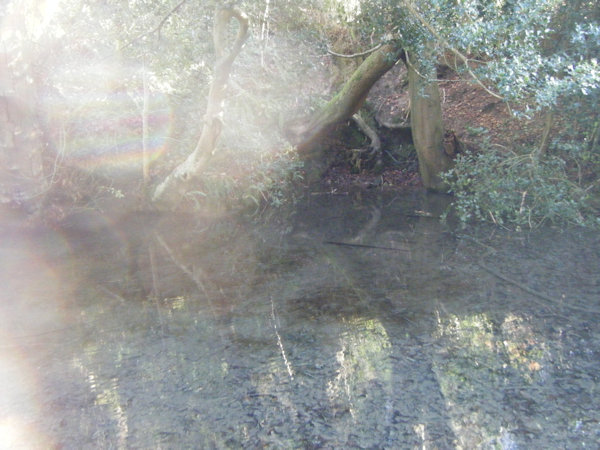 |
Dedication: Saint Hilda of Whitby Location: Hackness Coordinates: 54.302917N, -0.508611W Grid reference: SE971907 Heritage designation: none |
HOME - ENGLAND - NORTH RIDING
 |
Dedication: Saint Hilda of Whitby Location: Hackness Coordinates: 54.302917N, -0.508611W Grid reference: SE971907 Heritage designation: none |
St Hilda, a 7th century saint who became very popular after her death, was the daughter of the first king of Northumbria, King Edwin. Although her mother was a devoted Catholic, Hilda herself was more drawn to Celtic practices, and studied under St Aidan of Lindisfarne, who appointed her as the second abbess of Hartlepool Abbey. She later went on to found her own abbey at Whitby, which was of the Celtic style. Despite her support of Celtic Christianity, she accepted the Roman Catholic calendar at the Synod of Whitby. For the last seven years of her life, Hilda suffered from a fever, and she founded the monastery at Hackness in her final year, likely as a place of retirement; it seems that her support of Roman Catholicism was rather superficial, as this abbey was, too, a Celtic one. After her death in 680, which occurred in Hackness, she became extremely popular, and her deeds were recorded by the Venerable Bede in 731.
The monastery at Hackness, of which little now remains, has had an interesting history. As a Celtic monastery, it originally consisted of several small buildings, similar to dormitories, each of which housed two or three people, all oriented around a central church. According to Bede, it was a double monastery, which means that it accommodated both monks and nuns; whilst the men and women lived separately, they all worshipped in the same communal church. It appears that the monastery was destroyed by the Danes in the 9th century. When Whitby Abbey was besieged by robbers and pirates at some point in the 11th century, the monks and the prior left Whitby for Hackness, where they resided in safety. According to some sources, they reconstructed St Hilda's monastery, and it seems that some of the monks stayed at Hackness instead of returning to Whitby. This new monastery followed the rule of St Benedict, and was built next to St Mary's Church (the location of which is now lost); it included a chapel of St Botolph, which pilgrims visited. It is possible that these pilgrims also visited the Hilda Spring. By the monastery's dissolution in the 16th century, only four monks were recorded to be living there.
Very little is known about St Hilda's Well, or, as it is named on OS maps, "Hilda Spring". It definitely has an association with the saint; it is uncertain whether this dates from the time of her original abbey, or from the establishment of the later Benedictine monastery. The wood within which the spring is located is called "Hilda Wood" on Ordnance Survey maps, and it is very possible that pilgrims visited the well as part of their journey to St Botolph's Chapel. The spring is also located only about two hundred metres away from Hackness Hall, which, it has been speculated, is probably built on part of St Hilda's original Celtic monastery, meaning that St Hilda probably got most of her drinking water from the spring. Indeed, old Ordnance Survey maps once marked the field to the west of the Hall as the site of the monastery. William Dugdale, in Volume 3 of Monasticon Anglicanum (1846), illustrated the likelihood that Hackness Hall is built on the site of the Celtic monastery:
|
In the History of Scarborough it is said that the site of the monastic cell built by our Lady Hilda is supposed to have been where the old manor-house at present stands, as several human bones have been found in the ground contiguous to it; and the old manor-house itself has been pronounced a perfect model of a monastery. |
In fact, the later Benedictine monastery, the location of which has been identified by the existence of earthworks, was only located four hundred metres or so away from the spring at 54.300030, -0.51249472.
Today, St Hilda's Well is now a natural spring that issues out of the hillside to form a large pool of clear water. There is no evidence of any construction around the well.
|
Access: The well is located on private land. |
Copyright 2025 britishholywells.co.uk